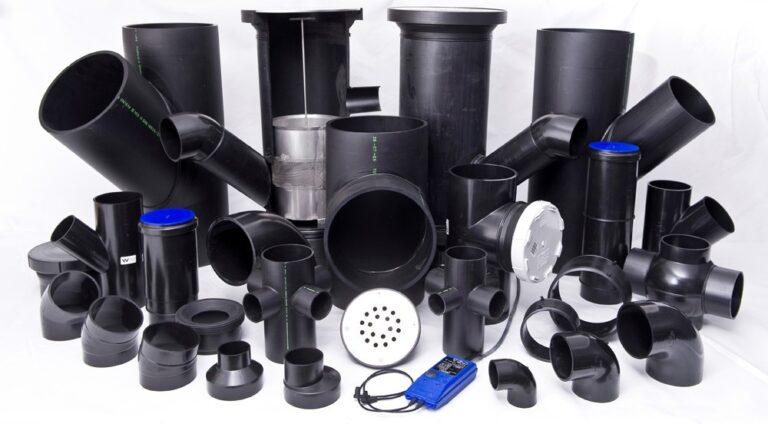How to Protect Fragile Items Like Antiques and Art During a Cross-Country Move
Moving across the country is a significant undertaking, especially when you have valuable and fragile items such as antiques and artwork to transport. These delicate belongings require special attention and care to ensure they arrive at your new home intact. From packing techniques to choosing the right moving services, this guide will provide essential tips on how to protect your fragile items during a cross-country move. We’ll also discuss how to get a vehicle shipping quote if you’re transporting your vehicle along with your prized possessions.
1. Plan Ahead and Inventory Fragile Items
The first step to ensuring the safety of your fragile items during a cross-country move is to plan ahead and create an inventory. Taking the time to organize your move will help you manage each item carefully and minimize the risk of damage.
- Make a detailed inventory: Create a list of all fragile items, including antiques, artwork, glassware, and collectibles. This helps you keep track of everything and ensures nothing is overlooked during the packing process.
- Take photos of each item: Before packing, photograph each fragile item to document its condition. These photos will be useful for insurance purposes if any damage occurs during the move.
- Measure large items: Measure large or bulky items, such as framed art or antique furniture, to ensure that they will fit in the moving truck or van. If necessary, consult your moving company to determine the best way to transport oversized items.
Planning ahead gives you a clear understanding of what needs special attention during the move and helps you organize packing accordingly.
2. Use High-Quality Packing Materials
Investing in high-quality packing materials is essential for protecting fragile items during a long-distance move. The right materials will cushion and safeguard delicate belongings, preventing damage from bumps or jolts during transportation.
- Sturdy boxes: Use strong, double-walled boxes for packing fragile items. For extra protection, consider using custom-sized boxes designed specifically for art, mirrors, or fragile antiques.
- Bubble wrap and packing paper: Wrap each item in bubble wrap or packing paper to provide a protective layer. For especially delicate items, consider using foam sheets or corner protectors.
- Packing peanuts or foam: Fill the gaps in boxes with packing peanuts or foam to prevent items from shifting during the move. This added padding will keep fragile items secure.
- Specialty containers: For high-value or particularly delicate items, use specialty containers designed for artwork, sculptures, or fragile antiques. These containers offer superior protection during a cross-country move.
Using proper packing materials is one of the most important steps you can take to protect your belongings during transit.
3. Pack Fragile Items with Care
Knowing how to pack fragile items properly is key to ensuring their safety during a cross-country move. Take your time to pack each item carefully and avoid rushing the process.
- Wrap items individually: Wrap each fragile item separately in bubble wrap or packing paper, even if they are part of a set. This prevents items from clinking against each other and reduces the risk of breakage.
- Double-box for extra protection: For valuable or particularly delicate items, consider using the double-box method. Place the item in a smaller, well-padded box, and then place that box inside a larger one with additional padding.
- Secure loose parts: If an item has detachable parts, such as the legs of a table or removable glass from a picture frame, disassemble the item and wrap each part individually. This reduces the risk of damage during the move.
- Label boxes as “Fragile”: Clearly mark all boxes containing fragile items as “Fragile” and indicate which side should face up. This will help movers handle the boxes with extra care.
Packing carefully and thoughtfully reduces the likelihood of damage to your delicate items during a long-distance move.
Image Credit Goes to FreePik
4. Consider Professional Packing Services
If you’re dealing with especially valuable or fragile antiques and artwork, hiring professional packing services may be worth the investment. Professional packers have experience in handling delicate items and can ensure your belongings are packed safely.
- Experienced movers: Look for moving companies that specialize in packing and transporting fragile items. They have the expertise and materials needed to pack antiques and artwork securely.
- Custom crating: For highly valuable items, such as large art pieces or rare antiques, consider using custom crating services. Movers can build custom crates around your items, providing superior protection during the move.
- Insurance coverage: Professional movers often offer additional insurance coverage for high-value items. This provides peace of mind, knowing your belongings are protected in case of damage during transit.
Hiring professional packing services ensures that your most valuable items receive the care and attention they deserve.
5. Choose the Right Moving Company for a Cross-Country Move
Selecting the right moving company is crucial to ensuring that your fragile items are transported safely during a cross-country move. Not all movers have the expertise to handle delicate antiques and artwork, so it’s important to choose a company with experience in this area.
- Research reputable moving companies: Look for companies with positive reviews and experience in handling fragile items. Ask for references and verify that the company is licensed and insured.
- Request a consultation: Many moving companies offer consultations to assess your belongings and recommend the best packing and moving solutions. Use this opportunity to discuss your fragile items and ask how they will be handled.
- Get a detailed quote: Before committing to a mover, request a detailed quote that includes all services, such as packing, transport, and insurance. This helps you avoid hidden fees and ensures you know exactly what to expect.
- Check for insurance options: Make sure your chosen moving company offers insurance coverage for fragile items. While most movers include basic liability coverage, you may want to purchase additional insurance for valuable antiques and artwork.
Choosing a reputable moving company that specializes in fragile items is the best way to ensure your delicate belongings are protected during a long-distance move.
Image Credit Goes to FreePik
6. Arrange Vehicle Shipping for Valuable Cars
If you’re moving valuable or classic vehicles along with your household items, arranging vehicle shipping is an important part of the process. Requesting a vehicle shipping quote from specialized enclosed vehicle shipping companies ensures that your vehicle will be transported safely alongside your other belongings.
- Why ship a vehicle?: Driving a valuable or classic car across the country can put unnecessary wear and tear on the vehicle. Shipping the car allows you to protect it from long-distance travel and reduces the risk of damage.
- Get a vehicle shipping quote: Contact quotes from multiple auto transport shipping companies for transporting your car. Make sure to inquire about insurance coverage and tracking options so you can monitor your vehicle during transit.
- Coordinate shipping with your move: Ensure that your vehicle shipping schedule aligns with your moving timeline. This way, your vehicle will arrive at your new home around the same time as your other belongings.
Arranging professional vehicle transport ensures that your car arrives in pristine condition, just like your other valuable items. You can also seek help from different guides available online on how to ship your car.
7. Monitor the Move and Inspect Your Belongings
After your items and vehicle have been shipped and arrive at your new home, it’s important to carefully inspect everything for any signs of damage. Acting promptly ensures that any issues can be addressed with your mover or insurance provider.
- Be present for the unloading: If possible, be present when the moving company unloads your belongings. This allows you to supervise the handling of fragile items and ensure they are placed in the correct rooms.
- Inspect each item: As you unpack, inspect each fragile item for damage. Compare the condition of the items to the photos you took before the move. If you notice any damage, document it immediately.
- File a claim if necessary: If any items were damaged during the move, contact the moving company or your insurance provider to file a claim. Provide photos, descriptions, and your inventory list to support the claim.
Monitoring the unloading process and inspecting your belongings ensures that any damage is identified quickly and can be resolved through insurance or the moving company.
You may also read about: experiences for gifts for her
Conclusion
Protecting fragile items like antiques and artwork during a cross-country move requires careful planning, high-quality packing materials, and selecting the right moving and vehicle shipping services. By following these steps, you can ensure that your valuable belongings are well-protected and arrive safely at your new home. Whether you’re using professional movers or packing items yourself, these strategies will help you navigate the move with confidence.






